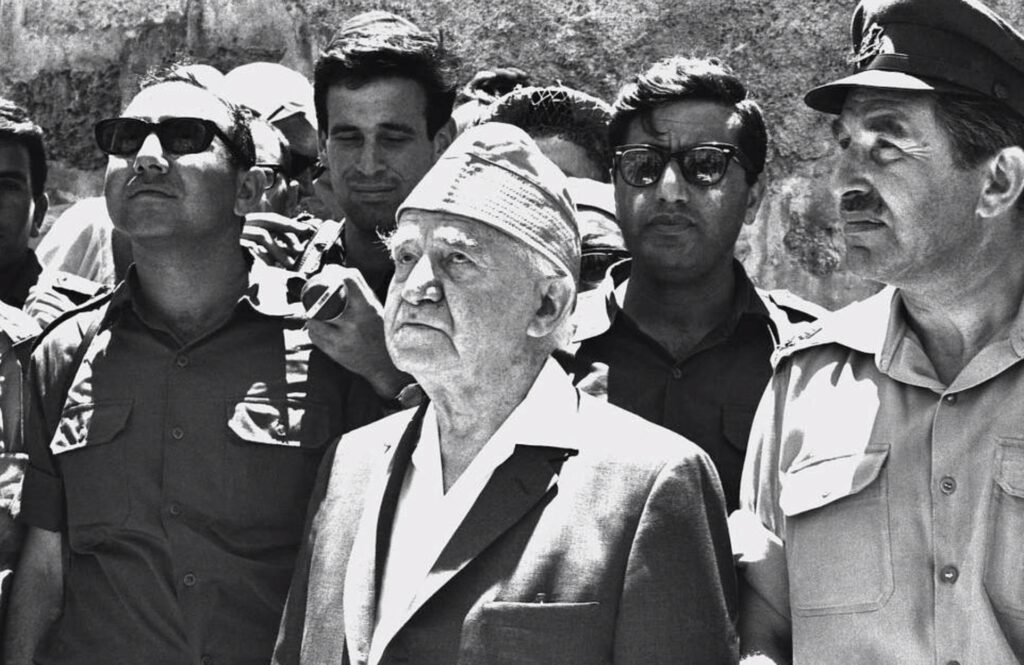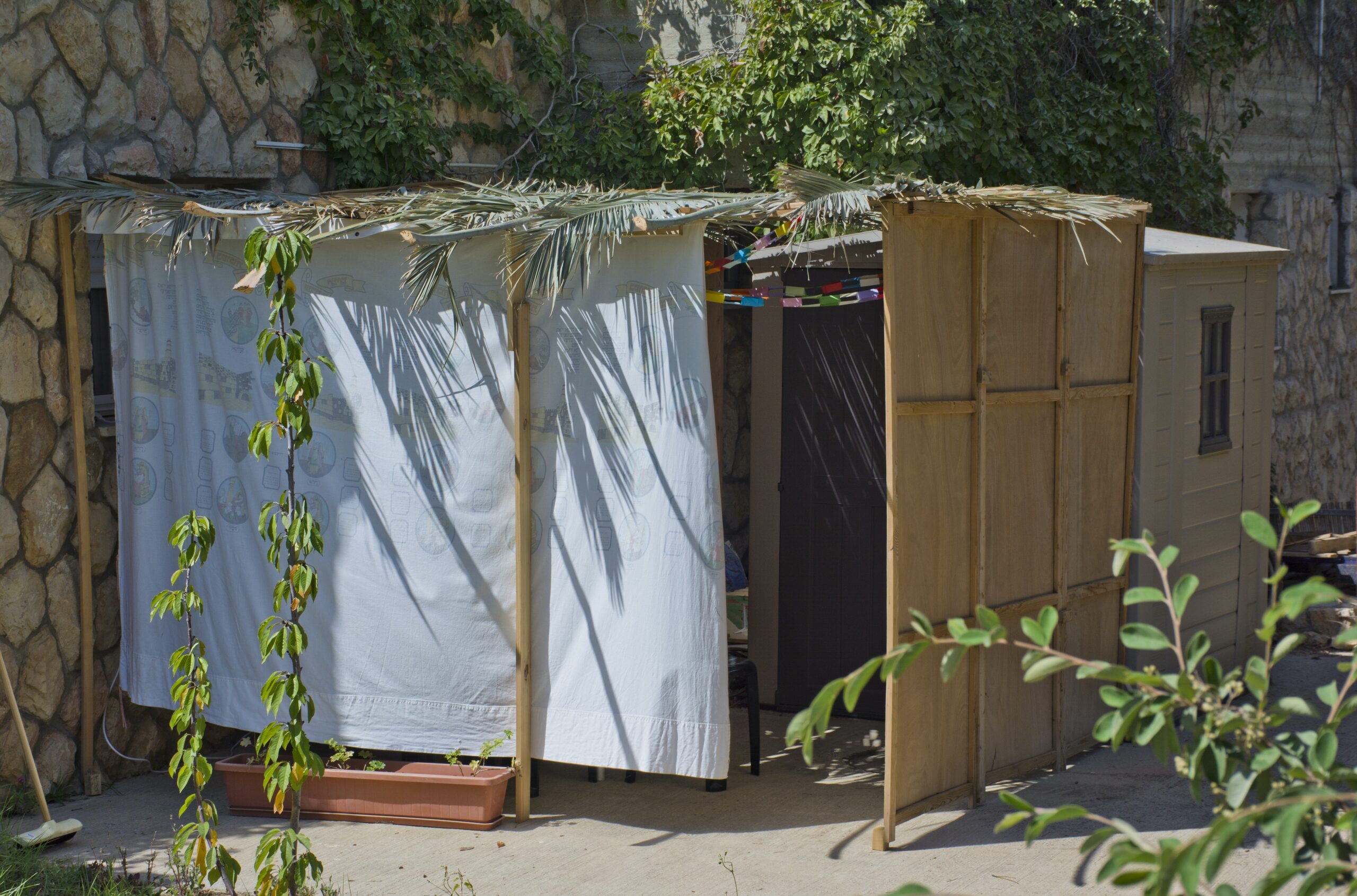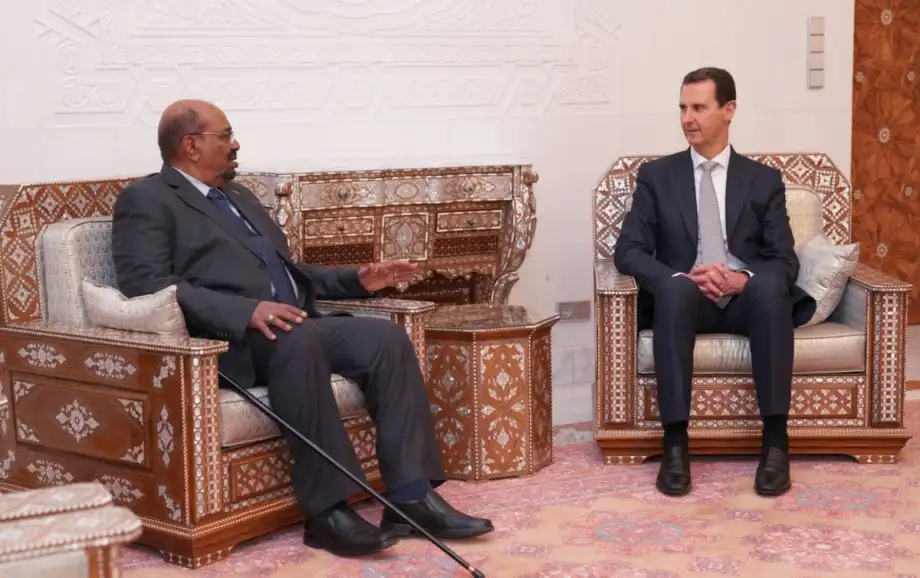Holiday celebrates reunified Jerusalem
Jerusalem Day is a national holiday in Israel commemorating the reunification of Jerusalem in June 1967, when the entire city came under Jewish governance for the first time since the destruction of the Second Temple in 70 CE.

Prime Minister David Ben-Gurion (center) and President Chaim Herzog (right) visit the Western Wall at the end of the Six-Day War. Photo: GPO
The holiday is observed annually on the 28th of the Hebrew month of Iyar, which this year falls on Monday, May 26. The date varies each year according to the Gregorian calendar. Israelis mark the day with public ceremonies, flag parades and gatherings in synagogues across the country.
On June 7, 1967 (28 Iyar 5727 in the Hebrew calendar) during the Six-Day War, East Jerusalem was liberated from Jordanian control and came under Israeli sovereignty. It was the first time since the Roman destruction of the Second Temple that the entire city was under Jewish rule.
On May 12, 1968, the Israeli government designated the Hebrew date of the city’s liberation as Jerusalem Day. On March 23, 1998, the Knesset passed the Jerusalem Day Law, formally enshrining the holiday and affirming the Jewish people’s historical connection to the city.
In 2004, the Israeli government decided to hold a national memorial ceremony on Jerusalem Day each year to honor Ethiopian Jews and their long-held dream of reaching Jerusalem. Approximately 4,000 members of the Ethiopian community died on their journey to Israel.
Jordan’s occupation of Jerusalem
In May 1948, the Arab Legion captured East Jerusalem, including the Old City and its holy sites. The Temple Mount was turned into a military base for the Jordanian National Guard. Jordan barred Jews from entering the Old City and denied access to the Western Wall and other sacred sites. The Jewish Quarter was destroyed, and 58 synagogues were demolished or desecrated. Thousands of tombstones in the ancient Jewish cemetery on the Mount of Olives were destroyed and replaced by paved roads, fences, and latrines for Jordanian soldiers.
Muslim residents of Israel were not allowed to visit their holy sites in East Jerusalem, and Christians were also subjected to discrimination. In 1958, Jordanian law required all members of the Brotherhood of the Holy Sepulchre to adopt Jordanian citizenship. The city was divided by barbed wire, concrete barriers, and walls.
In April 1950, Jordan formally annexed the territories it had occupied in 1948. On April 24 that same year 950, the Jordanian parliament passed a resolution declaring the annexation of the West Bank and Jerusalem, claiming sovereignty over “both sides of the Jordan” and announcing “full unity between the two sides of the Jordan and their unification into one state—the Hashemite Kingdom of Jordan.”
Arab rejection of UN proposal for Jerusalem
According to the United Nations’ 1947 Partition Plan for the British Mandate of Palestine, Jerusalem was to become an international city for ten years, after which a referendum would determine its final status. The Jewish leadership accepted the plan, but the Arab states rejected it.
On June 7, 1967, Israeli Defense Minister Moshe Dayan made a now-famous statement that is often quoted on Jerusalem Day:
“This morning, the Israel Defense Forces liberated Jerusalem. We have united Jerusalem, the divided capital of Israel. We have returned to the holiest of our holy places, never to part from it again.
To our Arab neighbours, we extend our hand in peace—especially at this hour. And to our Christian and Muslim citizens, we solemnly promise full religious freedom and rights.
We did not come to Jerusalem for the sake of other people’s holy places, nor to disturb followers of other religions, but to safeguard the city’s integrity and to live there together with others, in unity.”


